Introduction:
Xinjiang is an important cotton-producing area in China. Cotton planting is of great significance to the local economic development and farmers' income. July is a critical period for cotton growth, and the management measures during this time directly affect the yield and quality of cotton.
Climate Characteristics of Xinjiang in July
The temperature in Xinjiang is relatively high in July, with an average temperature above 25°C, which is conducive to the growth and development of cotton. However, high temperatures may also lead to the shedding of cotton buds and bolls.
Precipitation is relatively low in July, and drought may occur in some areas. Reasonable irrigation is needed to meet the water requirements of cotton growth.
Sufficient light conditions provide a good environment for cotton photosynthesis, but strong light may also cause certain stress to cotton.
Growth Characteristics of Cotton in July
In July, the vegetative growth and reproductive growth of cotton plants proceed simultaneously, and a reasonable allocation of nutrient supply is required.
This is the peak period for the formation of cotton buds and bolls, and the demand for nutrients and water increases sharply.
Main Management Measures for Cotton in July
(I) Pest and Disease Control
Cotton aphids
Occurrence characteristics: They reproduce rapidly and are prone to outbreaks under high-temperature and drought conditions.
Control methods: Agents such as acetamiprid and imidacloprid can be used for spray control. For example, in the early stage of cotton aphid occurrence, use a 2000-fold solution of 10% imidacloprid wettable powder for spraying, once every 7 - 10 days, for 2 - 3 consecutive times.
Cotton bollworm
Occurrence characteristics: The larvae bore into cotton bolls, causing a large number of bolls to fall.
Control methods: Use sex pheromone traps to catch adults, or use agents such as emamectin benzoate and chlorantraniliprole for spray control during the peak hatching period of larvae. For example, use a 3000-fold solution of 5% emamectin benzoate water-dispersible granules for spraying.
Fusarium wilt and Verticillium wilt
Occurrence characteristics: Soil-borne diseases that are prone to occur under high-temperature and high-humidity conditions.
Control methods: Select disease-resistant varieties, conduct reasonable crop rotation, and use agents such as carbendazim and thiophanate-methyl for root irrigation at the early stage of disease occurrence. For example, use a 500-fold solution of 50% carbendazim wettable powder for root irrigation, with 250 - 500 milliliters of liquid per plant.
(II) Water and Fertilizer Management
Fertilization
Emphasis on flowering and boll-forming fertilizer: Depending on the growth status of cotton, 1-2 kg of high-analysis water-soluble fertilizers from the series of Hermang, Shifenyimanyi, or Ailaiwo can be selected for application per acre. Other functional fertilizers from Sipuwo can be applied in addition based on the growth conditions, which can effectively promote the production of more flowers and bolls with more double buds.
Additionally, foliar fertilizers can be supplemented: Spraying potassium dihydrogen phosphate, boron fertilizer, etc., can improve the boll-setting rate of cotton.
Sipuwo offers a wide range of products, and each soil problem or crop growth issue has a targeted solution. Using specialized fertilizers with a higher degree of targeting leads to more outstanding results!
Watering
Irrigation frequency: Water once every 7 - 10 days based on soil moisture conditions to maintain the field water holding capacity at 60% - 70%.
Irrigation method: Adopt drip irrigation or furrow irrigation to avoid flood irrigation.
(III) Pruning and Topping
Topping time
It is generally carried out in mid-July. Topping should be done in time when there are 7 - 8 fruit branches on the main stem of cotton.
Operation method
Remove the growth point at the top of the main stem to control the height of the cotton plant and promote the transportation of nutrients to the buds and bolls.
(IV) Chemical Regulation
In cotton planting, chemical control usually refers to regulating the growth of cotton through chemical means to control its height, plant type, flowering, and fruiting. This regulation is determined based on the characteristics and needs of cotton growth, as well as the goals of growers.
However, some growers are worried that chemical control will limit or even stop the growth of cotton, which stems from misunderstandings or excessive concerns about chemical control technology.
In fact, reasonable chemical control can optimize the growth structure of cotton, improve light energy utilization rate, enhance resistance, and achieve stable and increased yields. To ensure the steady growth of cotton, the strategy of "small amounts, multiple times, and frequent control" should be adopted, that is, timely and appropriately control according to the growth situation and needs, and make multiple mild adjustments to avoid the adverse effects of one-time excessive adjustment.
Regulation agents:
Use plant growth regulators such as mepiquat chloride, and adjust the dosage of the drug reasonably according to the growth of cotton and weather conditions.
Attention! Field Management Tips
Timely intertillage and weeding
Loosen the soil, improve soil permeability, and reduce competition for fertilizer and water between weeds and cotton.
Strengthen field monitoring
Regularly observe the growth of cotton, discover problems in time, and take corresponding measures.
Pay attention to the safe use of pesticides
Use strictly in accordance with the pesticide manual, observe the safety interval, and prevent excessive pesticide residues.
July is a critical period for the growth of cotton in Xinjiang. Scientific and reasonable management measures are crucial for improving the yield and quality of cotton. Growers should do a good job in pest and disease control, water and fertilizer management, pruning and topping, and chemical regulation based on local climate conditions and the growth status of cotton, laying a solid foundation for a bumper cotton harvest.
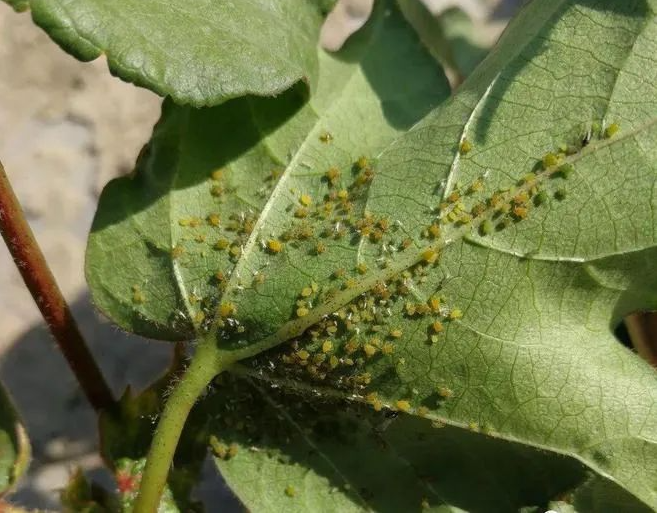
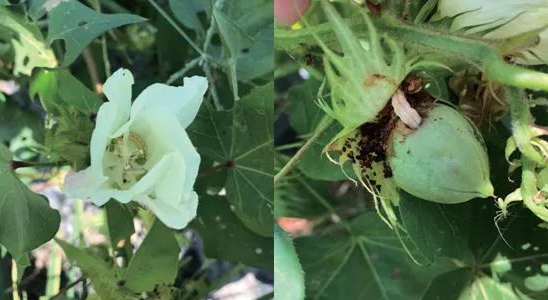
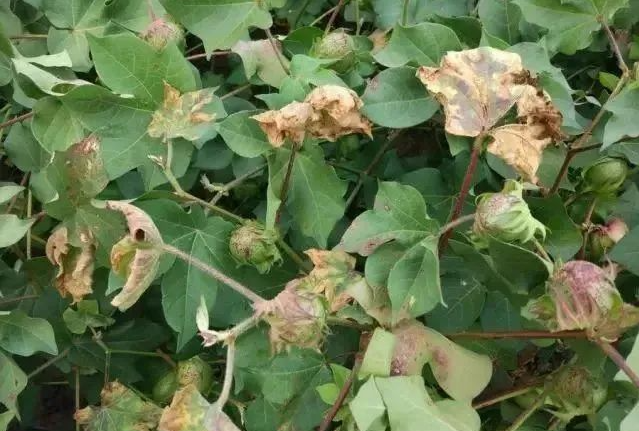

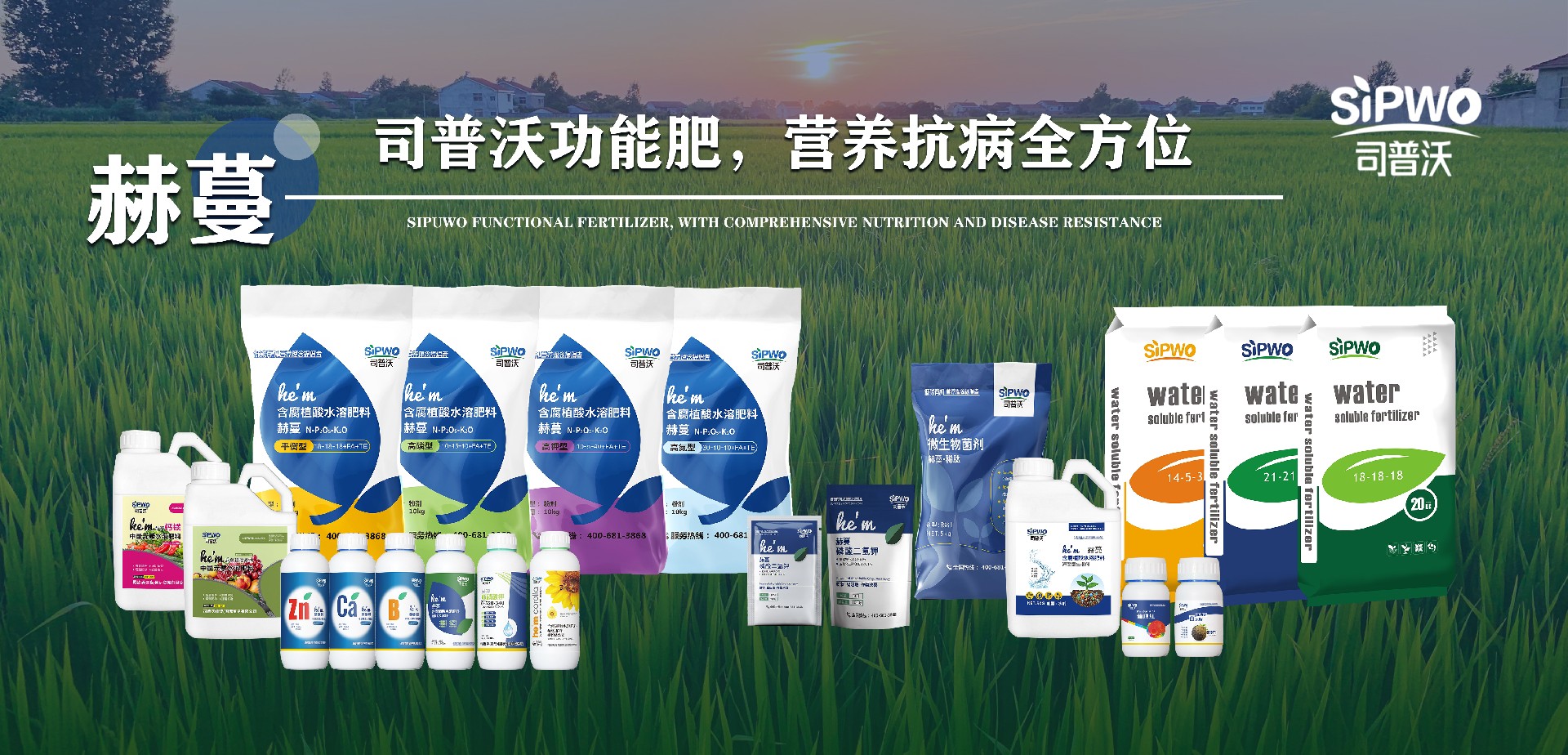
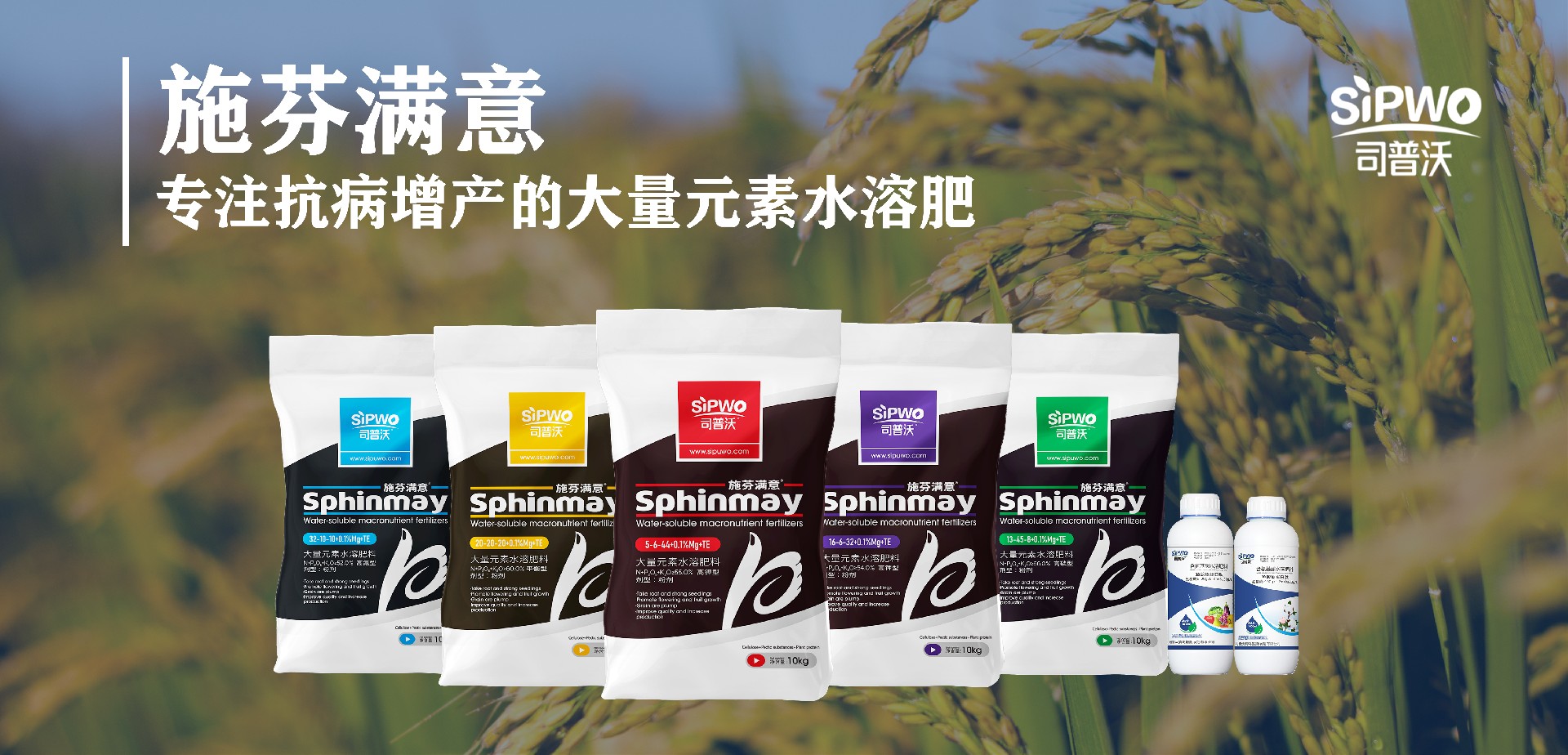
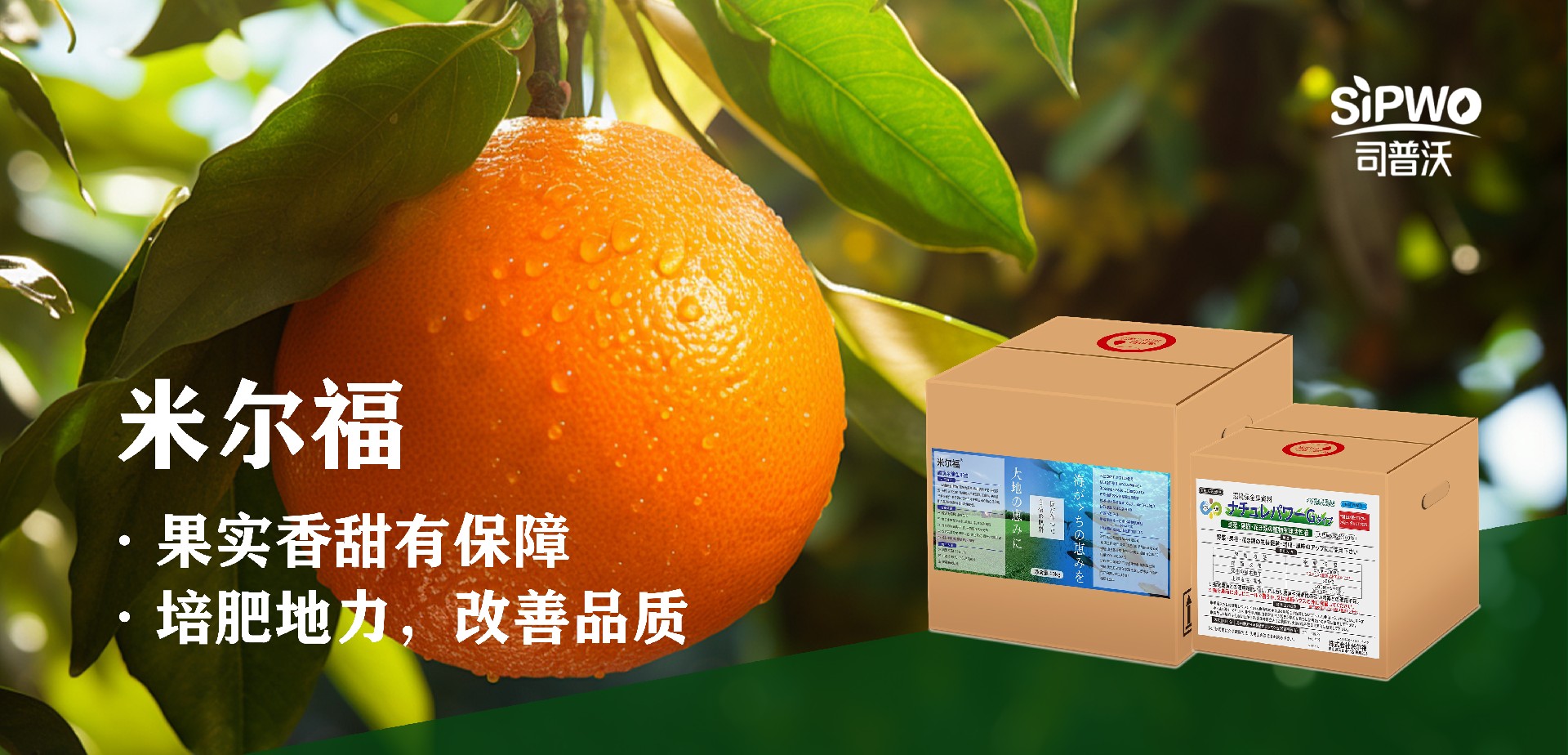
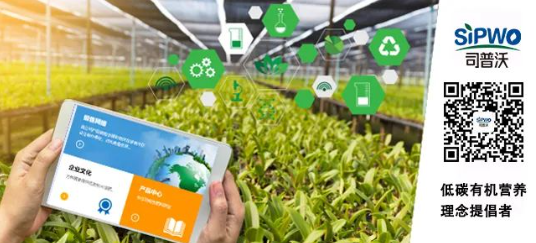









 网站首页
网站首页 电话咨询
电话咨询 返回顶部
返回顶部